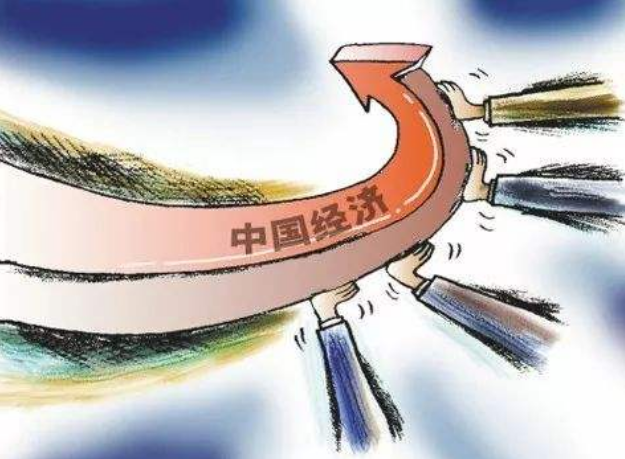Global Times on Tuesday published an article named China’s lower-tier cities offer big market opportunity. The article was compiled based on a speech by Lang Chunhui, partner at Sinovation Ventures, at a strategy briefing on investment trends held in Beijing earlier in December, saying that a rising desire to purchase among people in lower-tier cities offers a good opportunity for China's supply-side imbalance to be addressed.
With the nation's urbanization rate expected to reach 68 percent by 2030, still a long way off the levels in the US and Japan, it is believed that there is immense potential for the economy to sustain its growth.
The full text of the article is as follows:
All opportunities come from contradictions and variations, as is the case with stocks - without rises and falls, no one would have the opportunity to make a profit. Therefore, it doesn't necessarily matter whether the market is currently on a downward spiral or an uptrend. So long as the contradictions and opportunities are identified, there will be ways to make money. The principal contradiction facing Chinese society now is the one between unbalanced and inadequate development and people's ever-growing needs for a better life, according to the report following the 19th National Congress of the Communist Party of China.
A rising desire to purchase among people in lower-tier cities offers a good opportunity for China's supply-side imbalance to be addressed. The fact that daily necessities and clothing items are more expensive in some areas than in big cities is attributed to scattered consumption - supplying goods on a smaller scale creates multiple intermediate links, leading to higher costs for companies and thus higher prices in lower-tier cities.
But things are changing. Beijing and South China's Guangdong Province have continued to be among the top regions witnessing inflows of people since 2010, but the population gains have fallen substantially compared with the previous 10 years. Meanwhile, Sichuan, Hubei and Guizhou provinces, which had long seen outflows, are now beginning to see population inflows instead.
The nation has ramped up urbanization reforms over the past few decades. The urbanization rate is projected to hit 68.7 percent in 2030, up from 35.9 percent in 2000. The first phase of urbanization reforms has come to an end, highlighting the urbanization of peripheral rural areas of first- and second-tier cities. It's now come down to third- and fourth-tier cities, which are gaining a rising number of new residents. In previous relocation efforts, migrant workers who left their families behind would not consider their places of work as their homes, but the current household-based relocation effort shows a trend toward genuinely relocating their homes and spending most of their earnings on that. This points to a sea change in consumption structure.
Also noteworthy is that the country's burgeoning middle classes hope to purchase a variety of products at competitive prices. This explains the emergence of e-commerce sites such as NetEase Yanxuan, Taobao Collection and Biyao.com. The middle classes are now able to go outside the country and can discern good products for themselves. They can no longer be easily hoodwinked into buying inferior products or paying a premium for top brands.
Furthermore, people in lower-tier cities have lower levels of debt than those in first- and second-tier cities, mostly owing to home prices. This means they are willing to spend more.
Along with the demographic and social changes, there has been a shift in internet industry structure. The internet's development in the country can be divided into three stages, with local businesses primarily learning from the US model in the first stage, and taking advantage of the country's demographic dividend to overtake the US in mobile internet services in the second stage.
There is a theory regarding the internet: The value of a network is positively correlated to the square of its total users. From the outset of the third stage in 2014, WeChat has become the prerequisite for the development of new business models and the companies that have rapidly floated on the stock market.
Many Chinese companies have expanded into overseas markets. The overseas push was initially shown to be typified by utility app and game developers led by Cheetah Mobile before extending to overseas shipments of devices and supply chains. Chinese phone maker Transsion Holdings' dominance in the African market is an example of homegrown brands catering to local markets. The phone maker derives its popularity from its face recognition specifically for dark-skinned people and the offering of phones with four SIM slots. This has now evolved into an overseas push for Chinese-born business models. Behind many companies that have international-sounding names and that are registered in places like Singapore or Bangkok, stand teams of Chinese entrepreneurs.
Adding to the overseas drive is the prevalence of mobile gadgets, notably smartphones, across China, as well as the penetration of mobile payment into almost every corner of the country. An increasing number of elderly people have also become a part of the smartphone community and the mobile payment world.
With the nation's urbanization rate expected to reach 68 percent by 2030, still a long way off the levels in the US and Japan, it is believed that there is immense potential for the economy to sustain its growth. If that is the case, whatever trade wars there might be, China doesn't need to be afraid, as China's market will be large enough to ensure self-sufficiency.




 A single purchase
A single purchase









